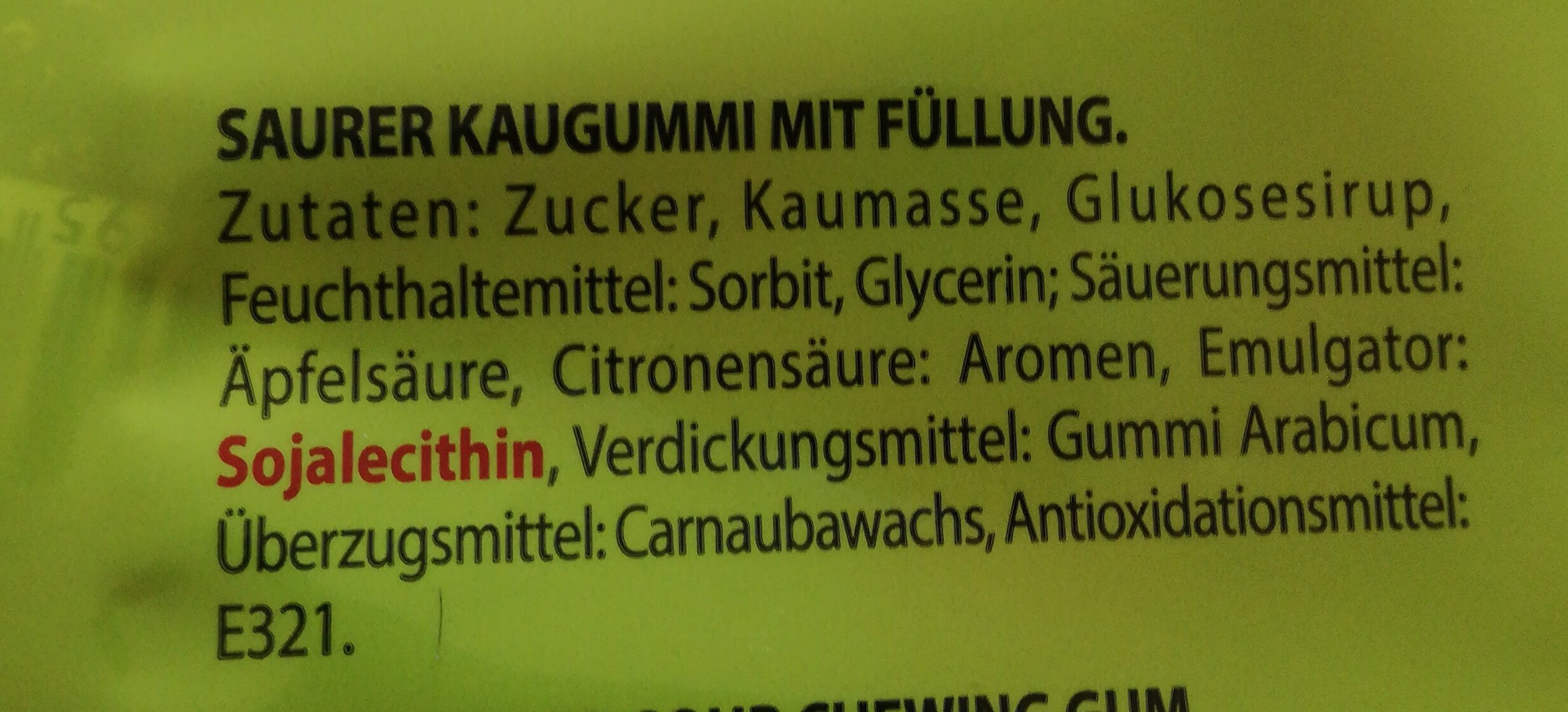Center Shock Fruchtig Sauer - 84 g
This product page is not complete. You can help to complete it by editing it and adding more data from the photos we have, or by taking more photos using the app for Android or iPhone/iPad. Thank you!
×
Barcode: 8713600053452 (EAN / EAN-13)
Common name: Saurer Kaugummi mit Füllung
Quantity: 84 g
Brands: Center Shock
Categories: Snacks, Sweet snacks, Confectioneries, Chewing gum
Manufacturing or processing places: Türkei, Perfetti Van Melle Benelux B.V., Van Melle
Countries where sold: Germany
Matching with your preferences
Environment
Packaging
Transportation
Report a problem
Data sources
Product added on by kiliweb
Last edit of product page on by alexreactionsmasher.
Product page also edited by openfoodfacts-contributors, roboto-app, wrzr123, yuka.sY2b0xO6T85zoF3NwEKvlh1mDuDahQjYMST6lVab3IqnAJ7CQstrs6LEH6s, yuka.sY2b0xO6T85zoF3NwEKvlmJ8Wv2CkADFG0XRoGSpwtDVf7DGT9BL-qPENqs.






